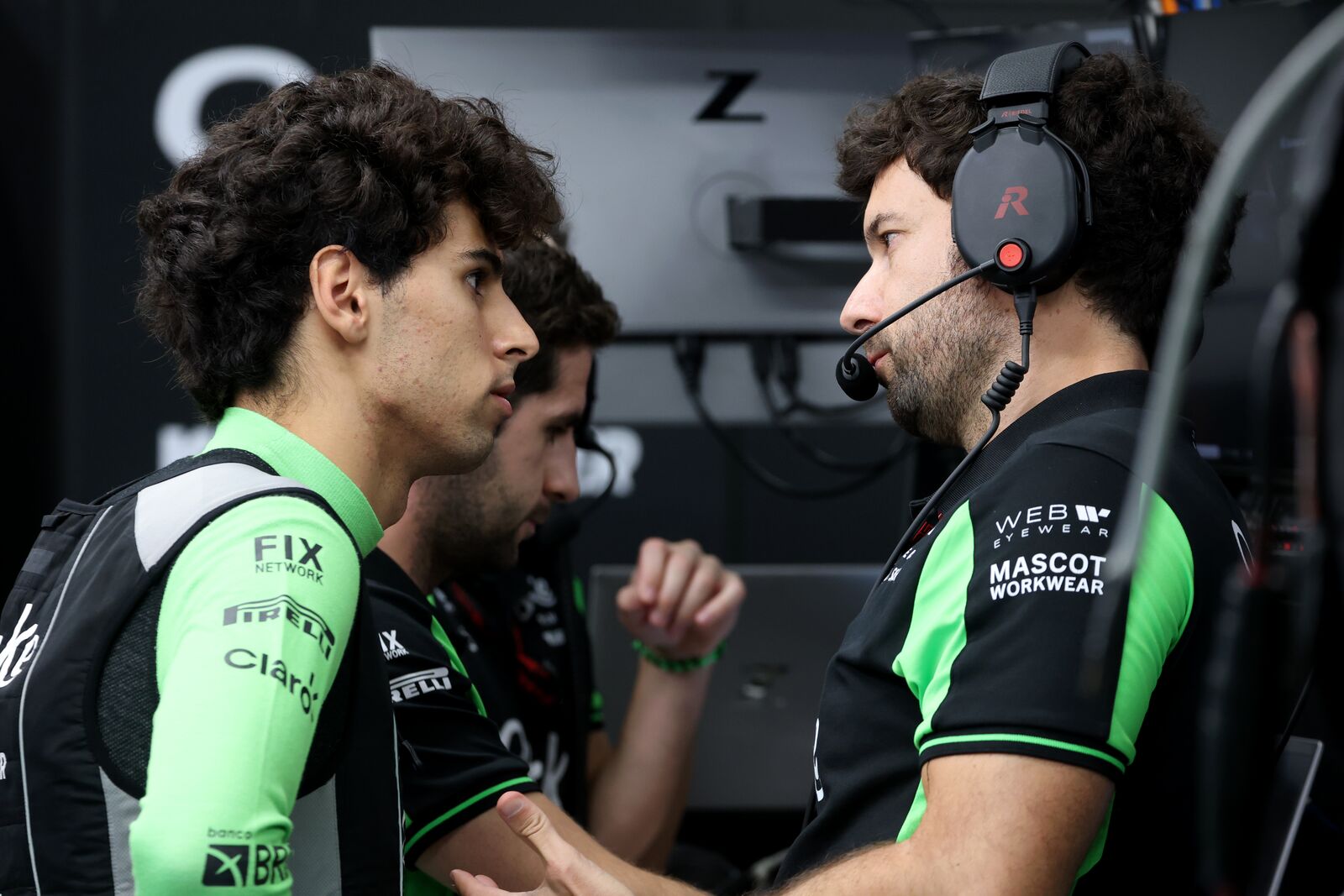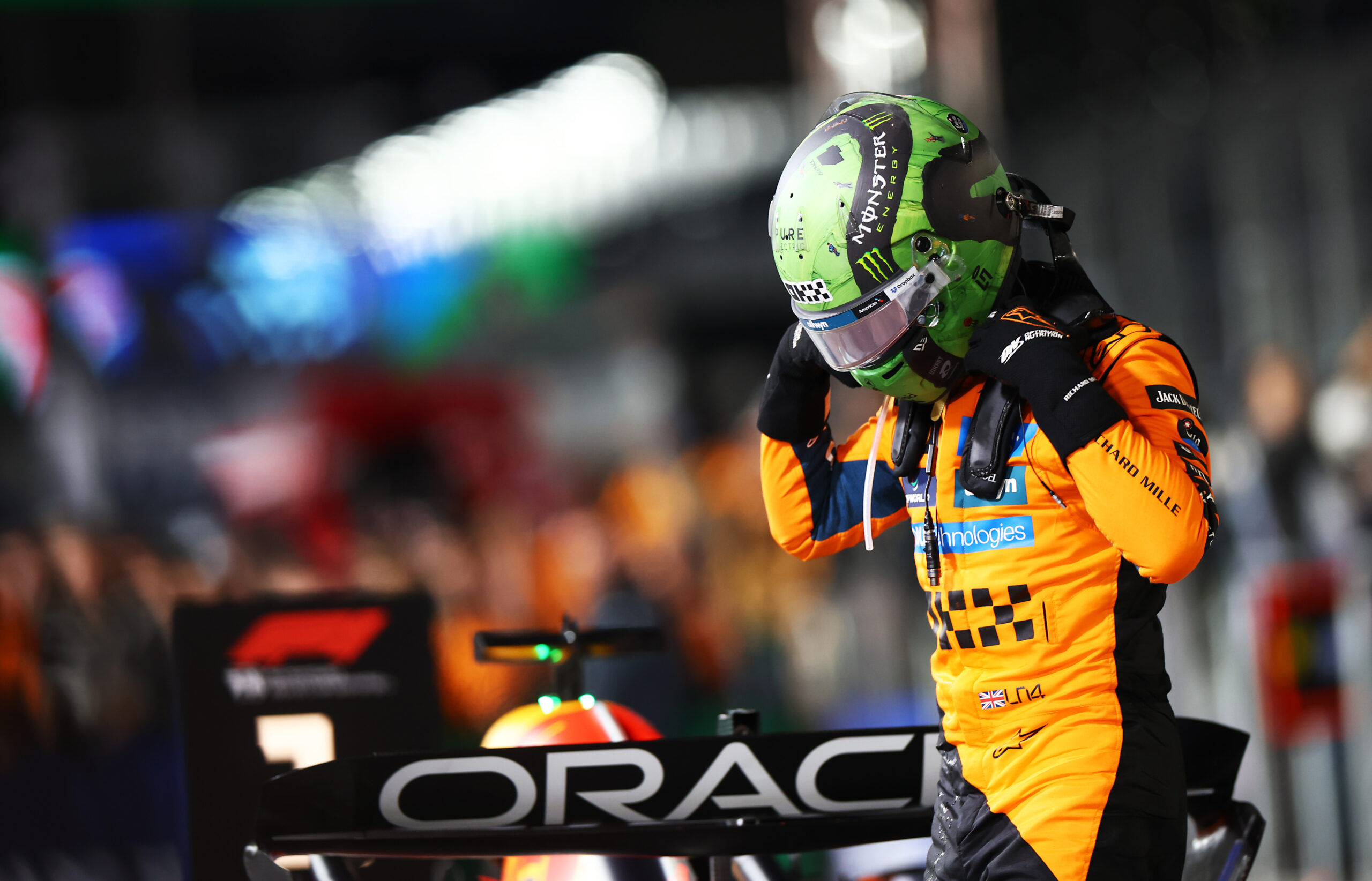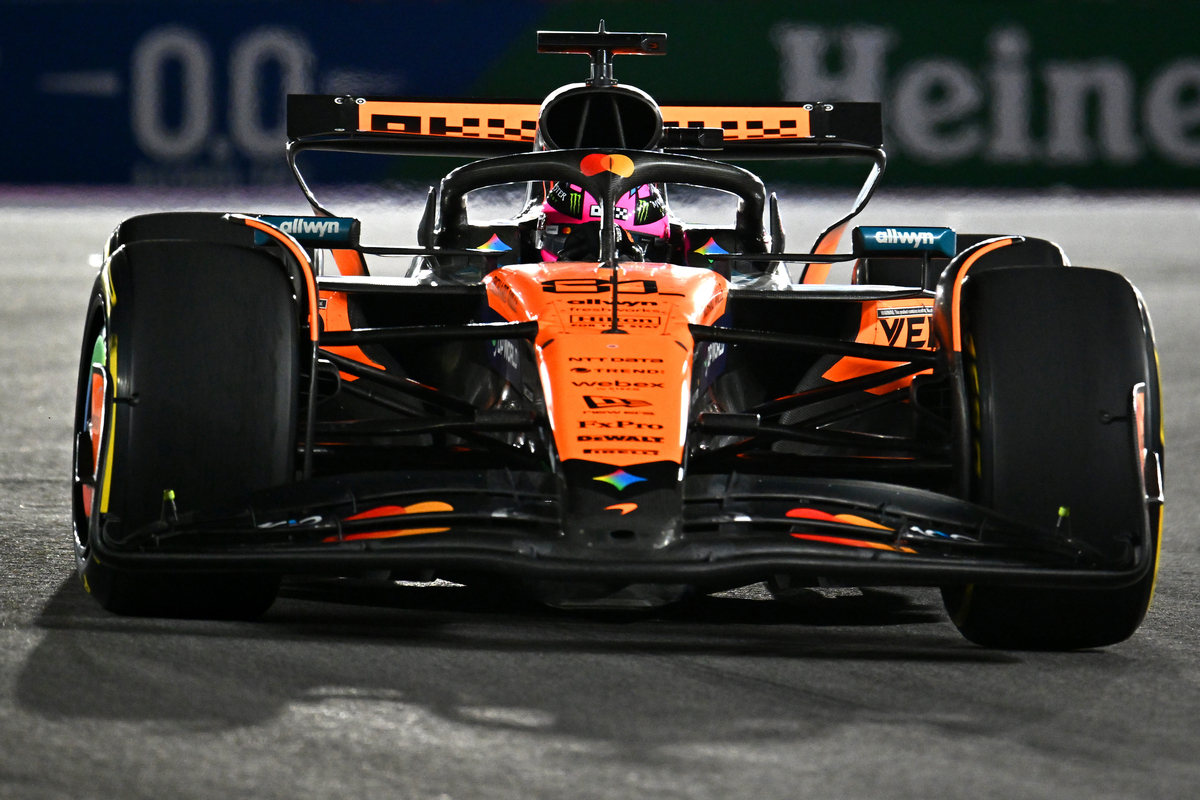Ahead of the Singapore GP, Sauber driver Gabriel Bortoleto spoke about the impact of sim racing and simulator training in modern-day F1, and how it helped him prepare for unknown racetracks.
Over recent years, technology has made considerable advancements in giving sim racers a realistic feel for the cars and the tracks. Since F1 has limited track testing, teams have turned to simulators as an important tool for testing and preparation for the race weekends.
Many drivers spend a significant amount of time in simulators to better equip themselves for the challenges they face on track.
Simulator work will grow in importance.
With simulator work growing in importance, Bortoletto believes that in 10 to 15 years, upcoming talent will find it difficult to avoid the simulator. Most of the up-and-coming prospects currently in karting are likely already using a home simulator to prepare for a potential run in F1.
Bortoletto does, however, think that drivers benefit from having simulator and real-life experience, as driving without any prior experience can come with its own challenges.
“I think definitely Sim in 10-15 years, I don’t think it will be something that people can skip very easily. I think the new generation of drivers coming from go-karts now, probably all of them already have a Sim at home. And they have been growing up doing these types of things.
“I think there will be more drivers in the future doing that. It’s very different. At the same time, if a driver never did real-life racing and is only coming from a Sim background, and doing real life, it’s not that easy.
“It’s not everyone that is able to do that. But at least it’s a possibility now. It’s better than not doing anything and then suddenly, when you’re 20 years old, you try to do real racing and you crash the car.
“You spend millions and you’re not able to do any more.”
Not having a home simulator is not a limiting factor.
When asked whether drivers who do not spend extensive hours in the simulator are in danger of falling behind in F1, Bortoletto responds with “No.”
The Sauber driver goes on to mention that all drivers use their team’s simulator to varying degrees. Still, very few drivers have their own simulator at home like Bortoletto or reigning Champion Max Verstappen.
The lack of a home simulator doesn’t limit the performance of a driver, though. Bortoletto names Ferrari driver Charles Leclerc as one of the drivers who is ‘very quick’ despite not using a home simulator to prepare for the races.
“It definitely helps. But we see examples like in Charles [Leclerc], for example. I’m talking about the home Sim.
“I don’t think there’s any driver in Formula 1 that’s… There are definitely drivers who do less in the team and more, but everyone does a bit of preparation. But I think home Sim, there aren’t many that do actually a lot like I do, like Max [Verstappen] does.
“You see, Leclerc is very quick, for example, and I don’t see him doing any home Sim. It’s definitely something that helps me a lot. And when I go to the Sim in the team, I feel much more prepared.
“And I lose much less time when I jump in that Sim. I already know what to do, what I need to focus on, and things. It’s definitely extra preparation for me.”
Fine-tuning the simulator to give it a more realistic feel.
While the simulator has its limits in terms of setup, Bortoleto feels that some tracks are quite realistic. For his own simulator, the Sauber driver has his friends add characteristics, like bumps, to give a specific track an even more realistic feel.
“I mean, setup is quite difficult to simulate very well. But definitely, there are very good tracks made in the Sim that are very similar to real life.
“And if you get well these tracks and you work on them. I have friends that do some track work for me. So, if I need a curb to be a bit different here or there, a bump that isn’t in the Sim, and I want to add stuff like this, we fine-tune it to make it realistic. And you just drive.”
The simulator is beneficial for track preparation.
Due to his time in junior categories, which race on some of the F1 tracks, the young Brazilian is already familiar with a few tracks on the F1 calendar. However, when it comes to tracks he has no prior experience with, like China or Canada, the simulator has helped Bortoleto familiarize himself with the tracks.
This preparation in the simulator has helped Bortoleto get a sense of a new track before ever racing there in real life.
“And when you hit a track in real life, instead of hitting a track that you don’t drive for a year. Like other drivers did last year, I probably feel like I’ve been here already in the past, and it’s going to be my first time.
“Stuff like this. And I feel like I already felt it like this, for example, in Montreal. I had a very good feeling on a new track.
“[For] China I did so much Sim that when I hit the track for the first time, I felt that I was there already in the past and I’ve never been there before.
“So, it’s this type of thing.”





